You’ve probably heard about the “city of deer” not far from Kyoto in Japan. That’s Nara, one of the many ex-capitals in the Land of the Rising Sun. A one-day trip there will both surprise and amuse you, as there is a park with over a thousand tamed deer. It will take you an hour to get to Nara from Kyoto on a train.
As you arrive, at the station you will see a big mascot figure representing the god of the Kasuga Taisha that, according to legend, entered Heijō-kyō (Nara’s former name) on a deer. It is a patron deity of Nara and Japan in general, so it’s no wonder that the animal he rode became sacred for the people.
The number of the horned beasts won’t let you mistake Nara for any other city, constantly reminding you where you are. Toys, clothing, souvenirs, food – everything is deer-themed. Even the manholes are adorned with images of the noble animals.
The Deer of Nara Park
The city’s central park was established in 1880, and it has many significant architectural landmarks. However, it’s the spotted deer that are the main attraction for tourists. The hoofed mammals are vigilantly guarded by the state, and they are so comfortable here you get the feeling they are the actual masters of the park. Their behaviour is far from what you’d call modest. Realizing their impunity, the deer act very boldly and have no reservations about eating anything they can get their hoofs on. That’s not limited to food: T-shirts and bags get chewed, maps, tickets, and coupons get mercilessly destroyed. Punishing the deer for these actions is illegal. Even if a deer is resting on the road, you can’t use the car horn to chase it away. You must try to drive around the animal as carefully as possible, without disturbing or harming it. In the past, people would even get death penalties for killing the sacred beast.
You can buy special cookies to feed the deer. The animals really like them and will run up to you as soon as the treats will be in your hands, persistently asking for them. Well, more like demanding. If you’re approached by several deer and you turn away, not paying attention to some of them, be ready for a painful bite on your side or stomach. I personally didn’t appreciate such treatment at all and stopped giving out treats after one such bite. Doing that doesn’t guarantee that you won’t get bitten, however, since the deer are the kings of this place. There are signs on every corner reminding you that the deer are not domestic animals and must be treated with care. They can be especially dangerous to children, as the horns would usually be at around the same level as a child’s face.
Some people note that there aren’t as many deer in spring or winter. We came in the middle of the summer season and saw a lot of them.
Tōdai-ji Buddhist Temple
The park has other things worth checking out aside from the deer. There are several pagodas and other sacred structures. The most significant among them, however, is the Buddhist temple Tōdai-ji, which translates to “Eastern Great Temple”. It is famous for being the biggest wooden structure in the world and the most ancient Buddhist temple in Japan. This is a sacred place for millions of pilgrims that come here from all over the world to pray. Its building began in the 8th century and united the whole nation, as Japan had never seen a temple that large before. Not only does the giant temple complex astonish with its size, but it also has a big bronze statue of a sitting Buddha, which is a marvel to behold.
The Bronze Buddha in Nara
As you enter the temple, you will see the Buddha statue in all its splendour, sitting in a cup of 56 lotus petals (20 metres in diameter). It’s the biggest sitting Buddha statue in the world. It’s 16 metres high, making you feel like a tiny grain of sand as you look up at it from below. The face is 4.9 metres long, each ear being 2.4 metres long, the outstretched hand is 3.7 metres high, and the middle finger reaches 2 metres. The sculpture is breathtakingly realistic. It’s as if you’re looking at the real Buddha. The image is thought through and realised in every tiny detail. The hair consists of 966 curls, and the face has an expression of complete peace and calm that immediately carries over to anyone entering the temple.
The giant statue was cast 1,300 years ago. There are still many questions about how the Japanese managed to make this colossus. According to historians, it took all the bronze in the country, literally bankrupting it. It took over 400 tons of bronze and 200 kilograms of other valuable metals, including gold. On both sides of the Great Buddha are statues of Bodhisattva.
The opening ceremony was grand and bombastic, just like the Buddha. All the Japanese nobles attended the important eye-opening ceremony. A very special Indian monk was invited for the occasion. He “opened” the Buddha’s eyes by outlining them with gold paint. The giant Buddha and the great Tōdai-ji temple survived many fires and calamities since then and were rebuilt every time by the faithful, sometimes deviating from the original proportions. Today, the temple has only one-third of its original size, but it’s still the largest wooden structure in the world.
Behind the statue is a pillar with a special hole at the bottom that has the same size as the statue’s nostril. You can receive a blessing from the Buddha himself if you can get through the hole. Problem is, the hole is too small, and only children can get through it without the risk of getting stuck. Adults that underestimate their size can find themselves in a situation like the one faced by Winnie the Pooh.
Tōdai-ji and the Buddha are protected by UNESCO, so they are not at risk of destruction. Quite the opposite, the temple complex is carefully preserved. There is an entrance fee, which is an exception to the general rule of free admission to temples.
Aside from the deer, the temple complex has many carp ponds. Carps are also a sacred animal in Japan and are therefore not used as food. You can feed them with bread or special fodder.
Dedicate a whole day to the park and take two copies of the printed map that’s given out at the subway exit in Nara, just in case. We really liked this place. It’s worth visiting on your own or with children.

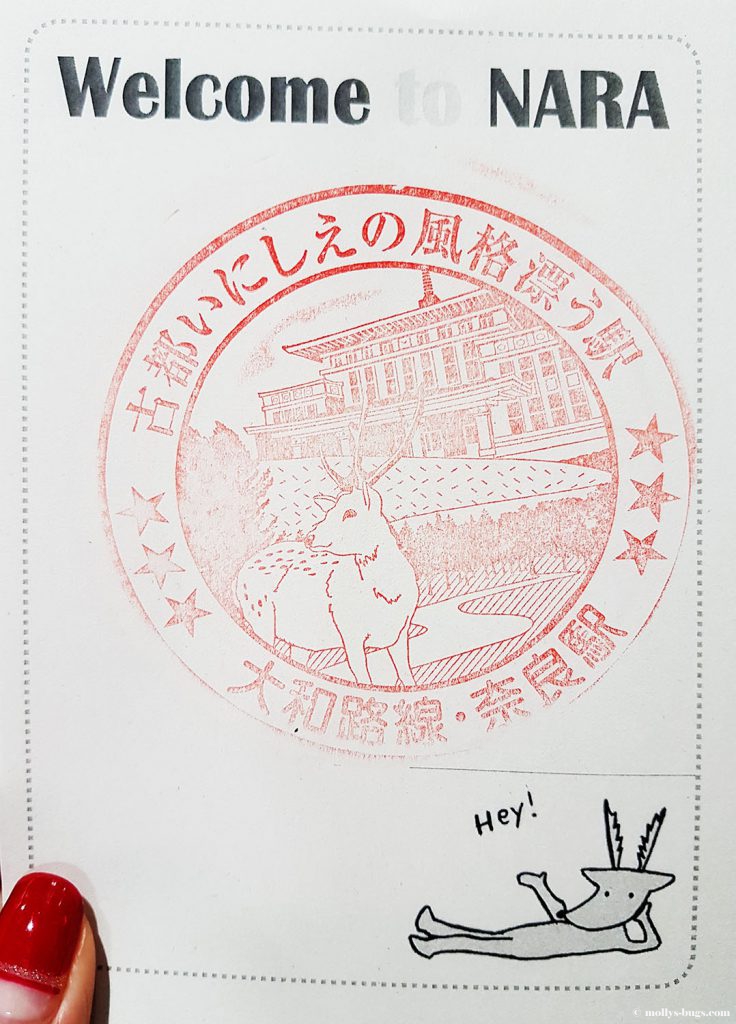
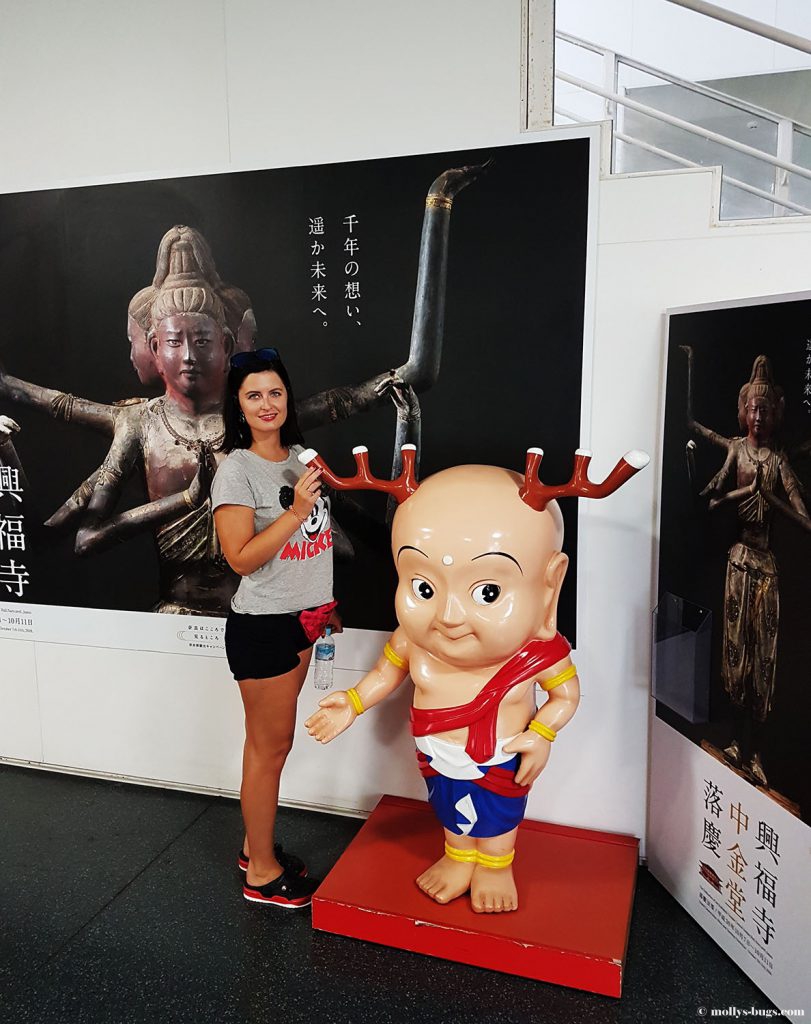
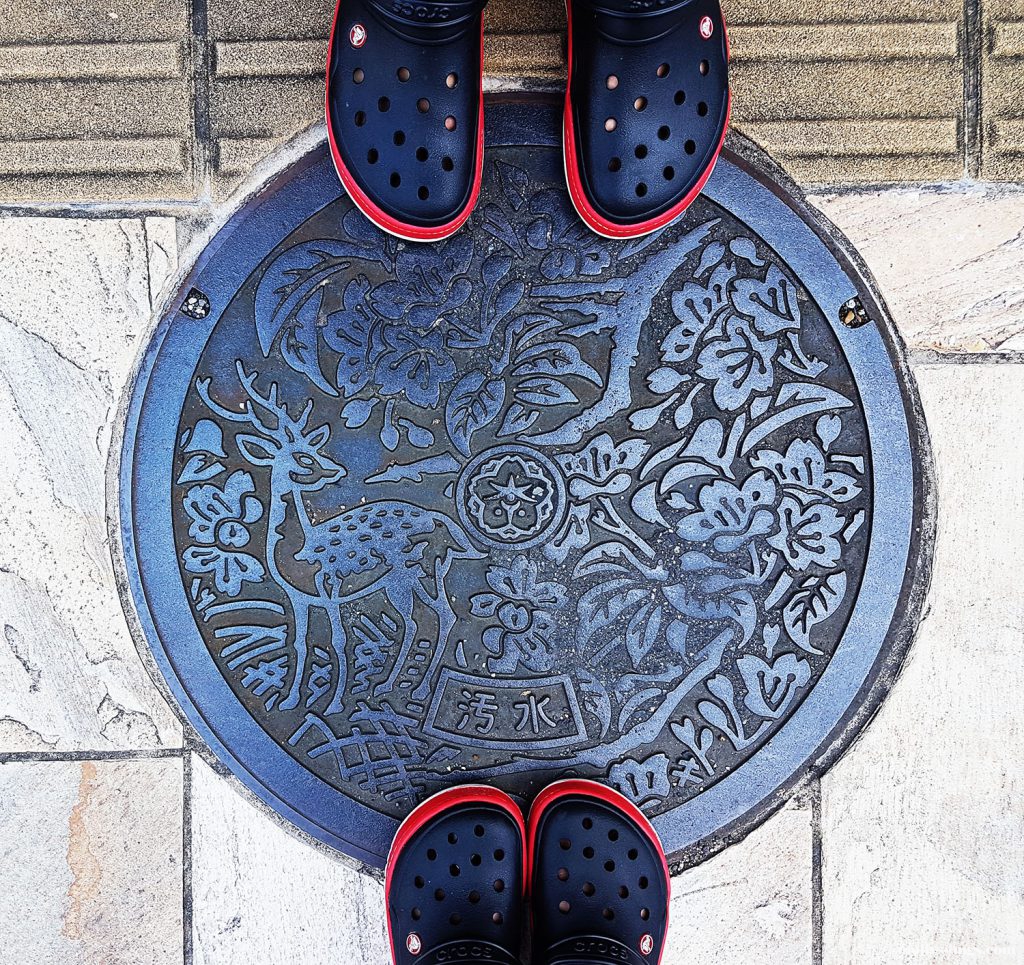
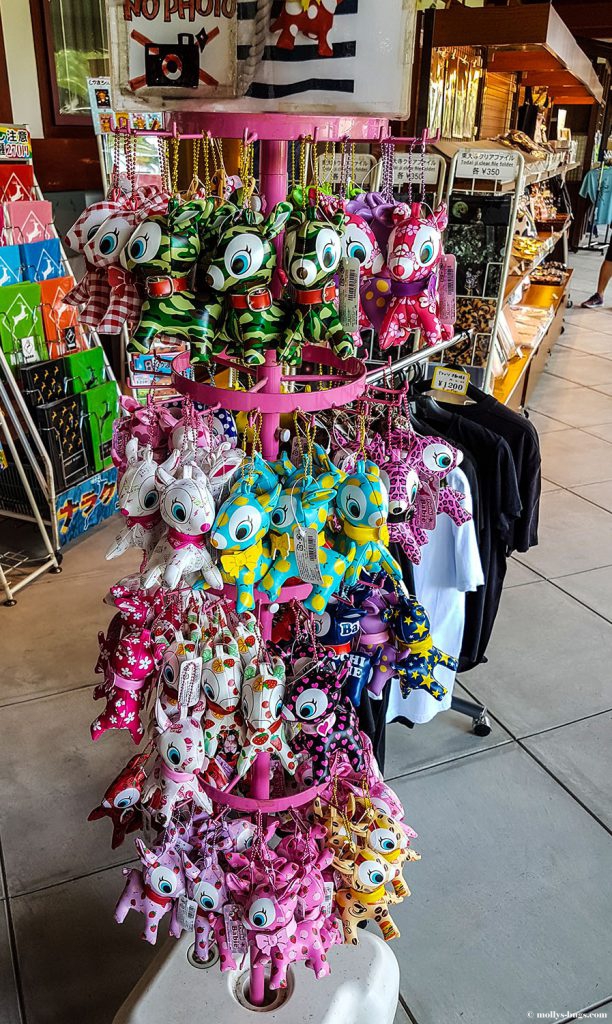
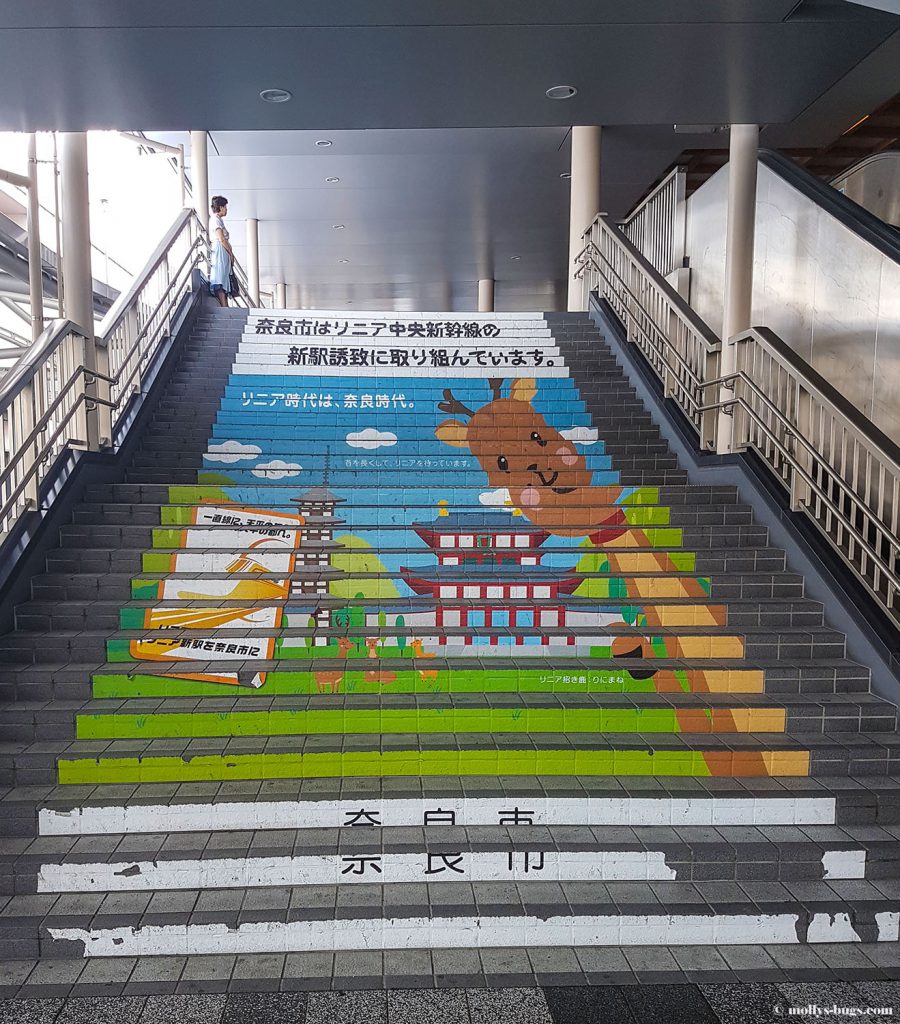
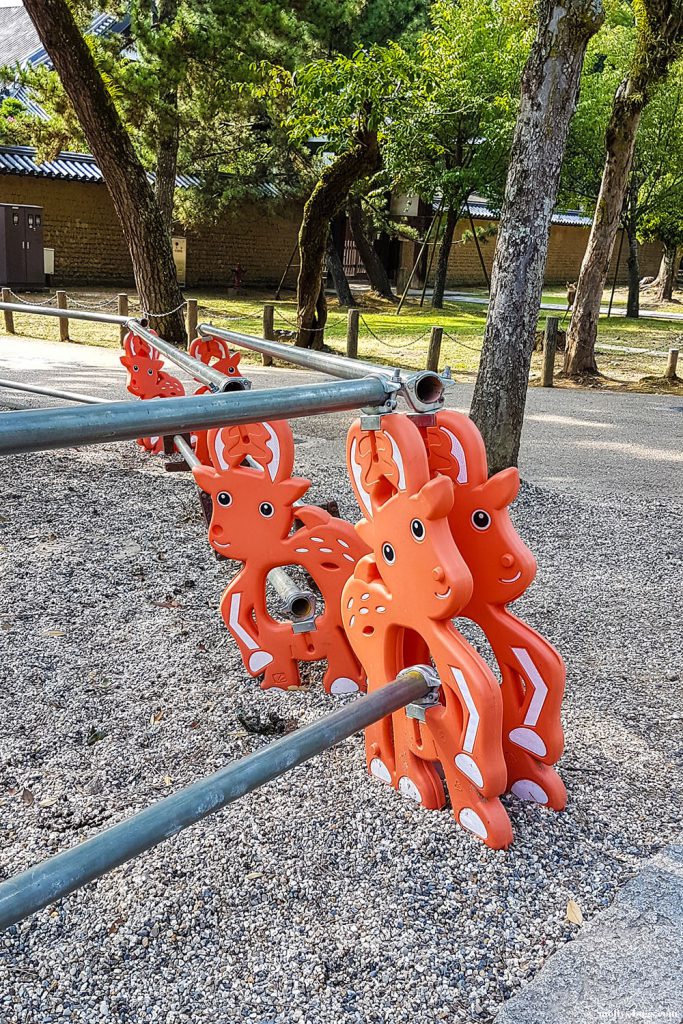
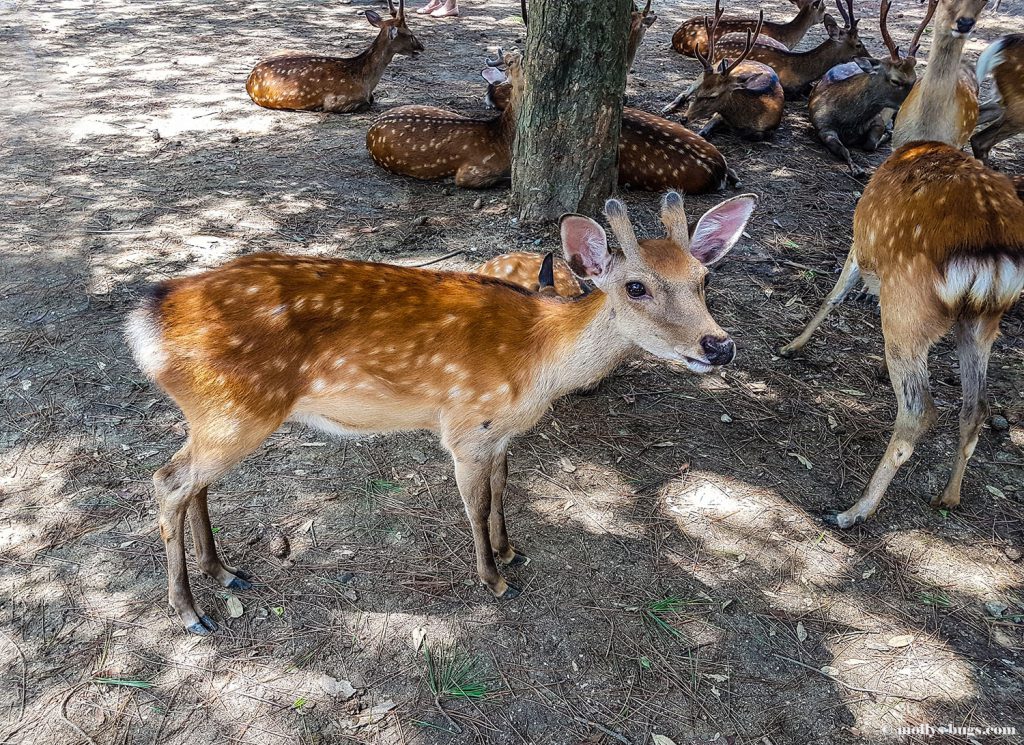
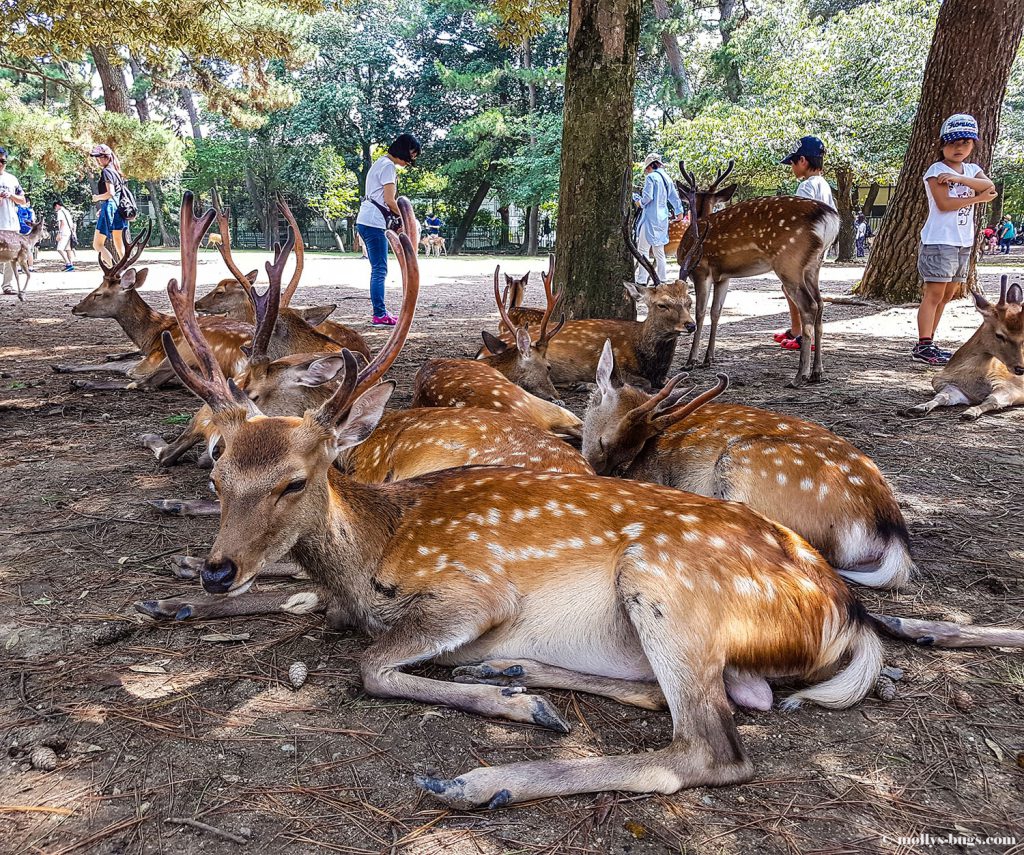
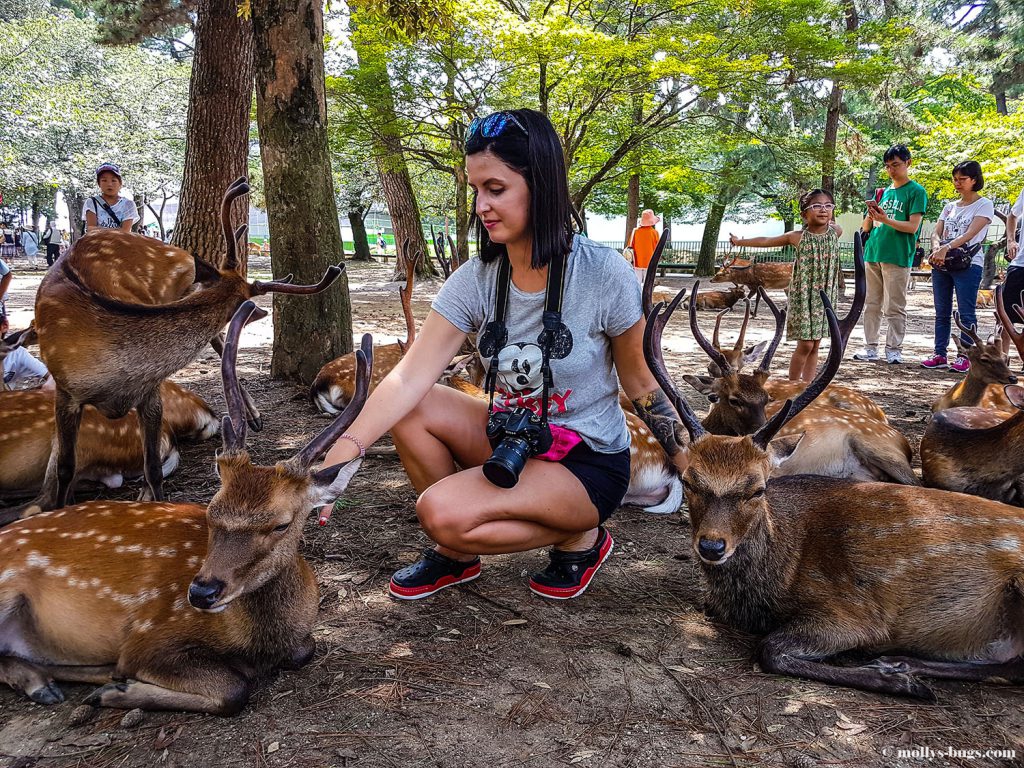
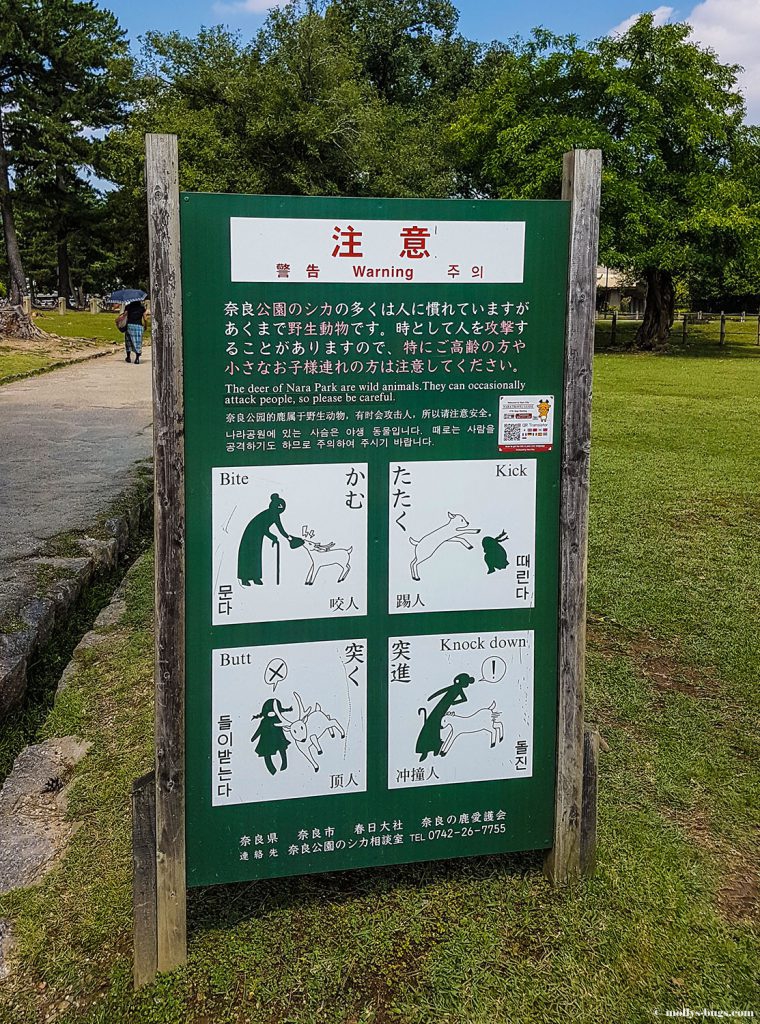
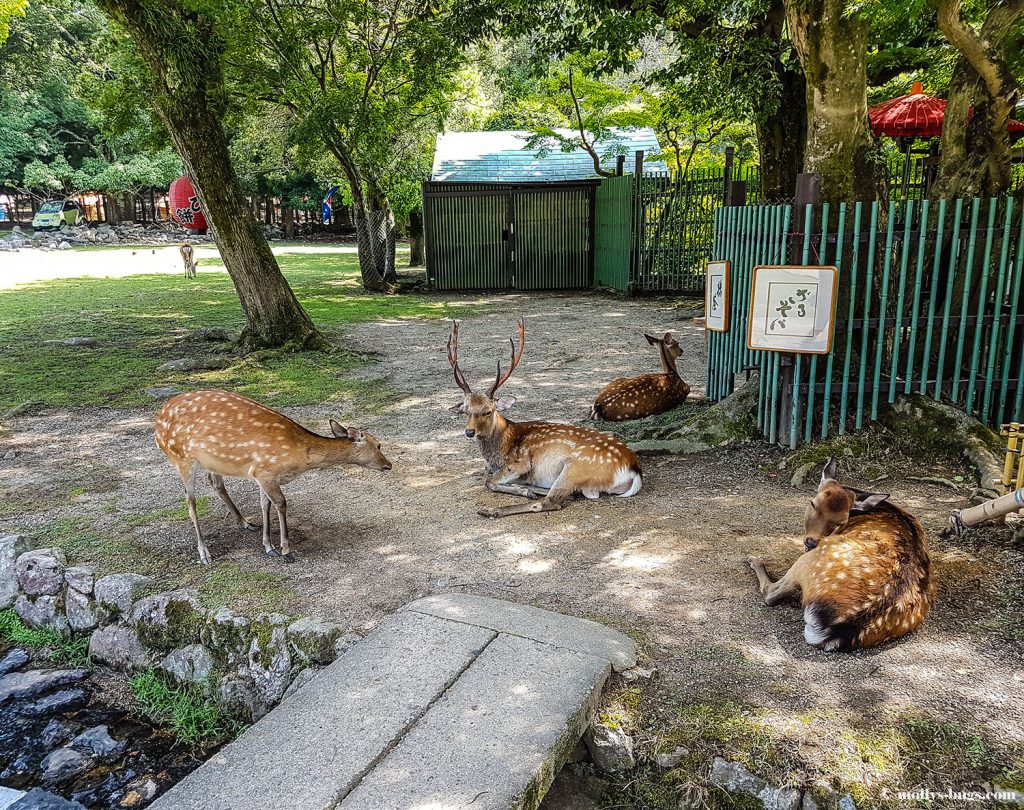
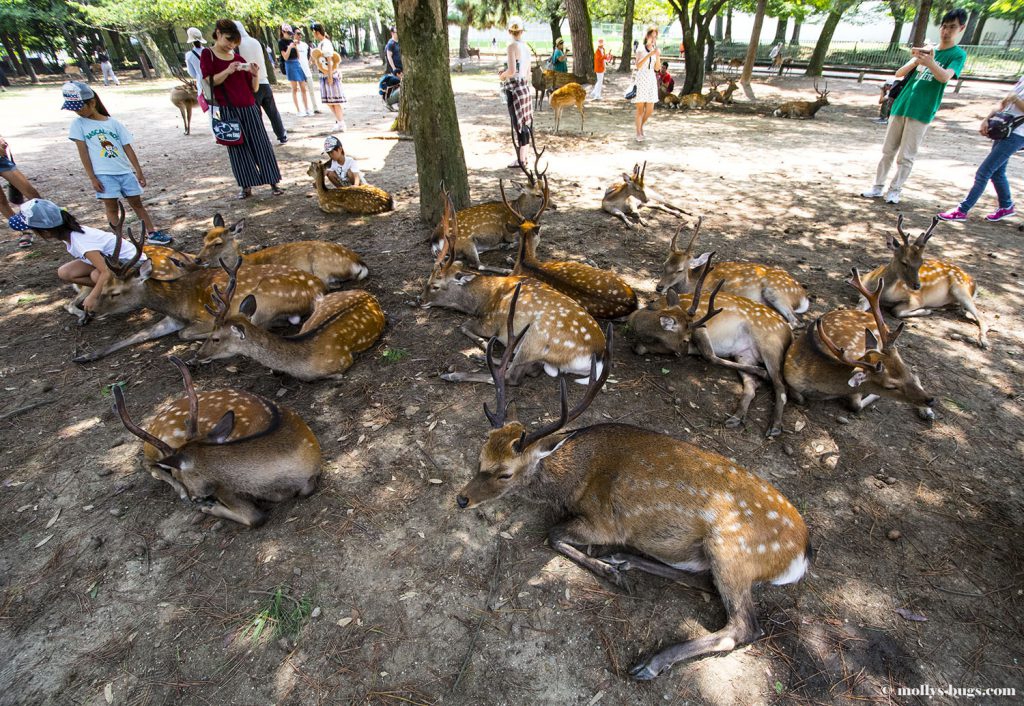
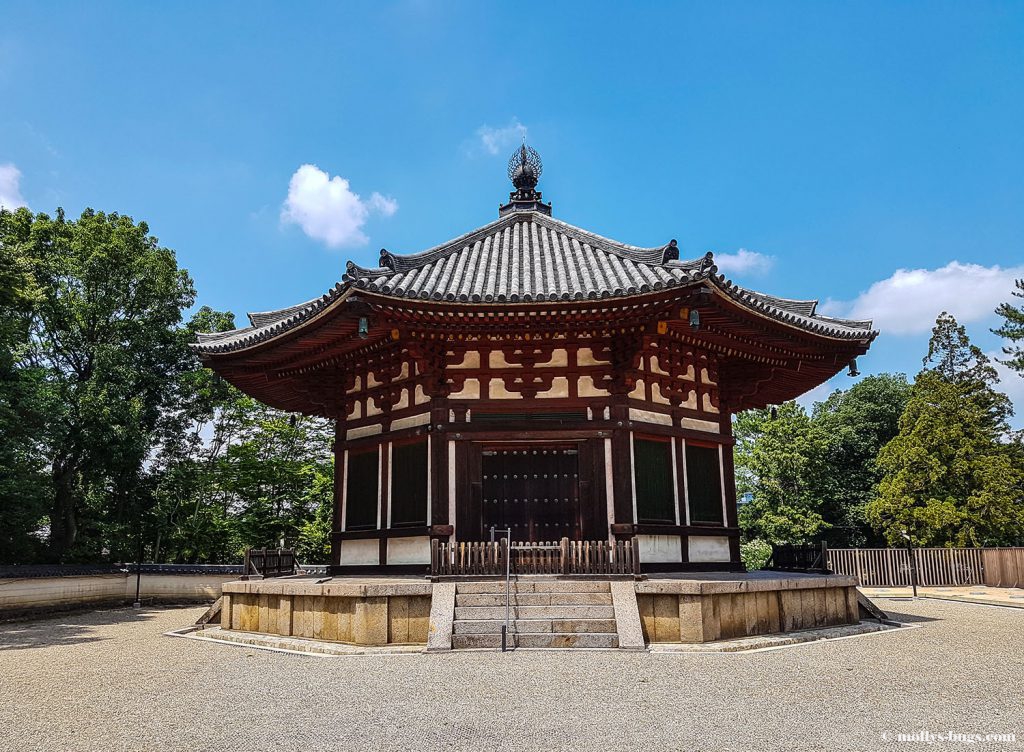
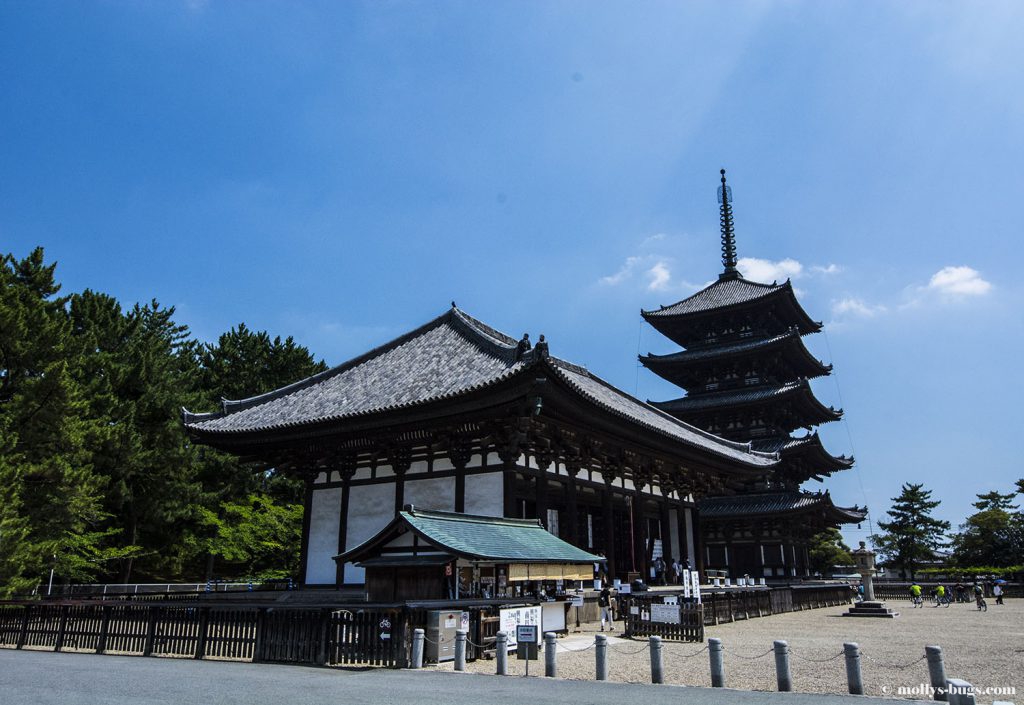
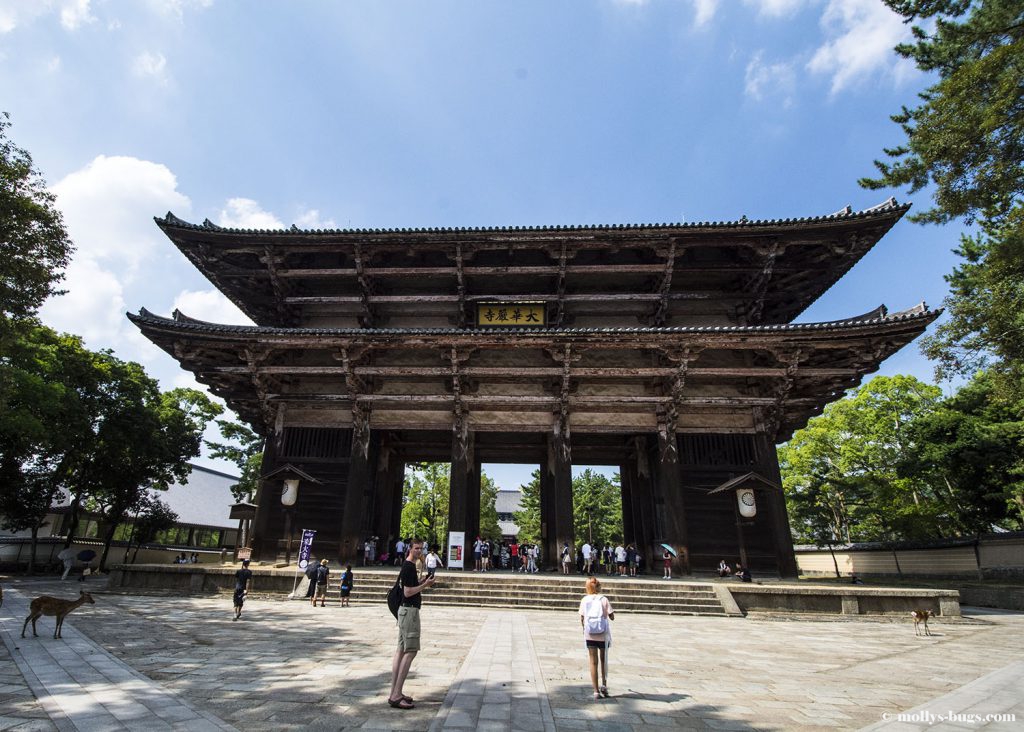
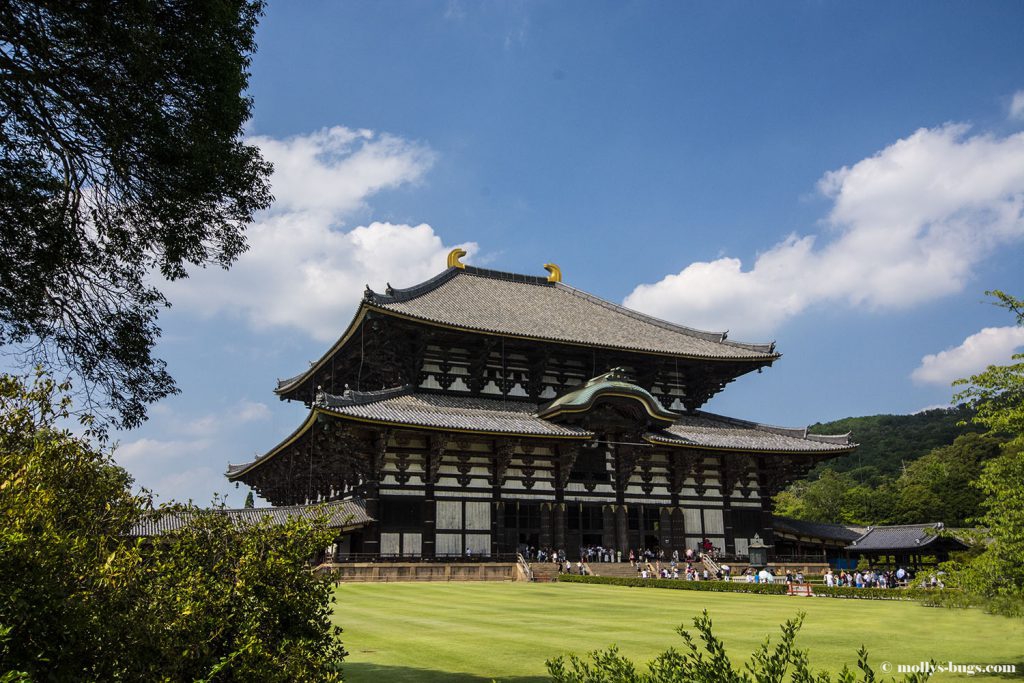
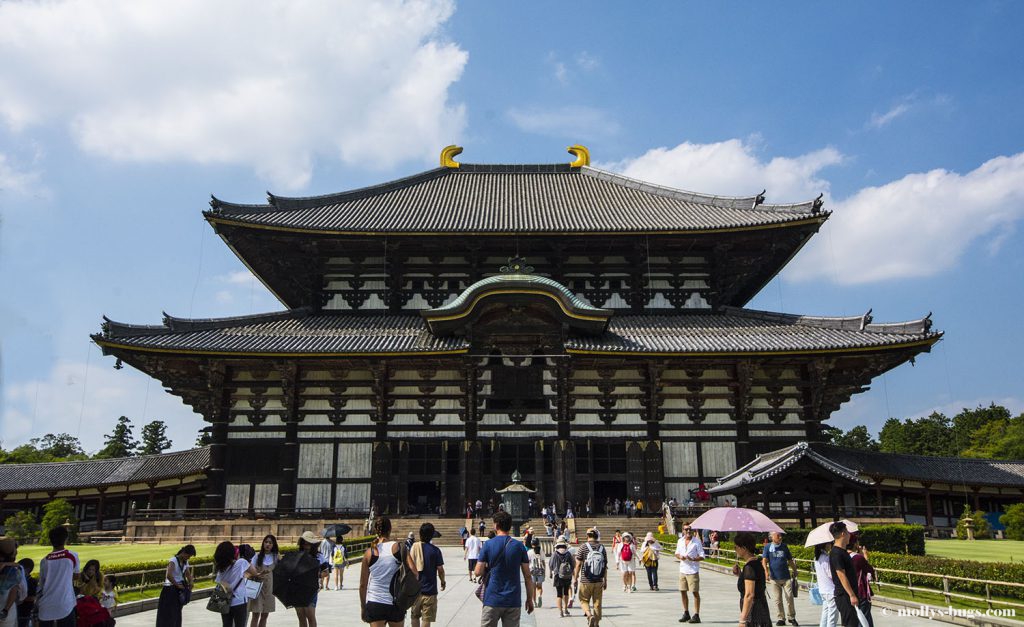
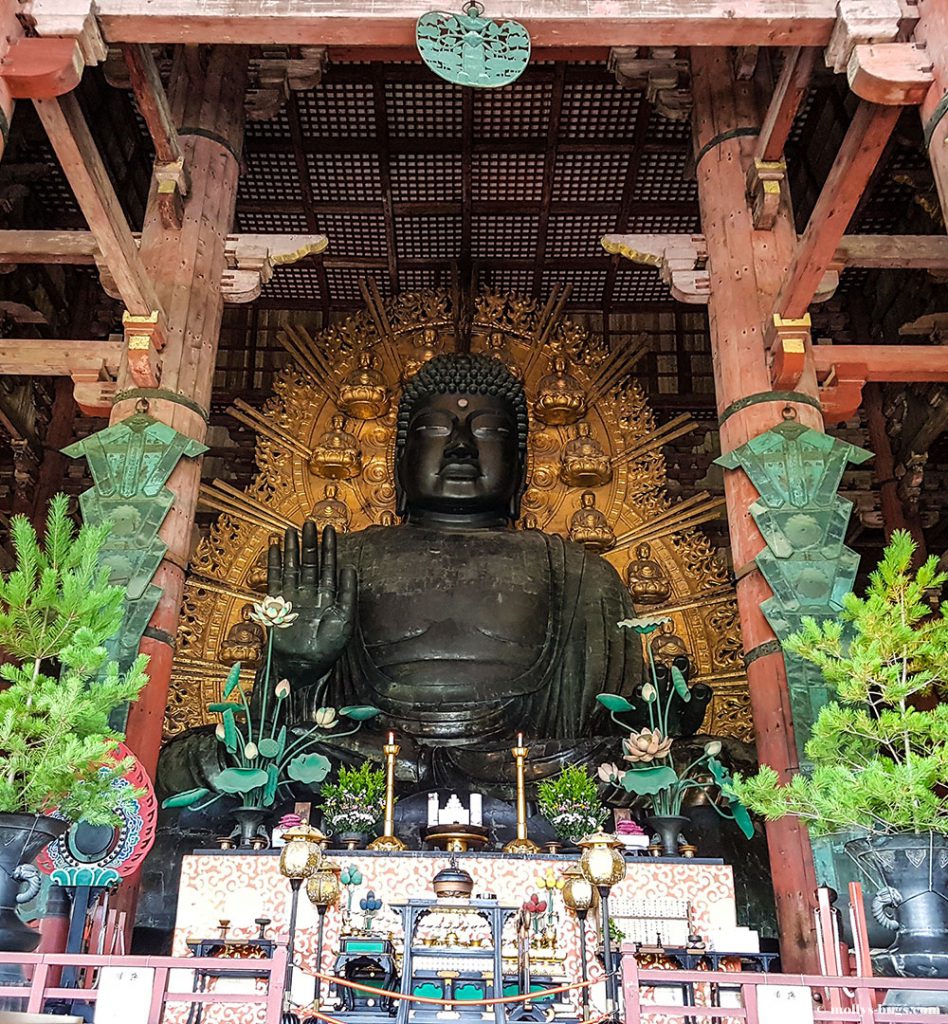
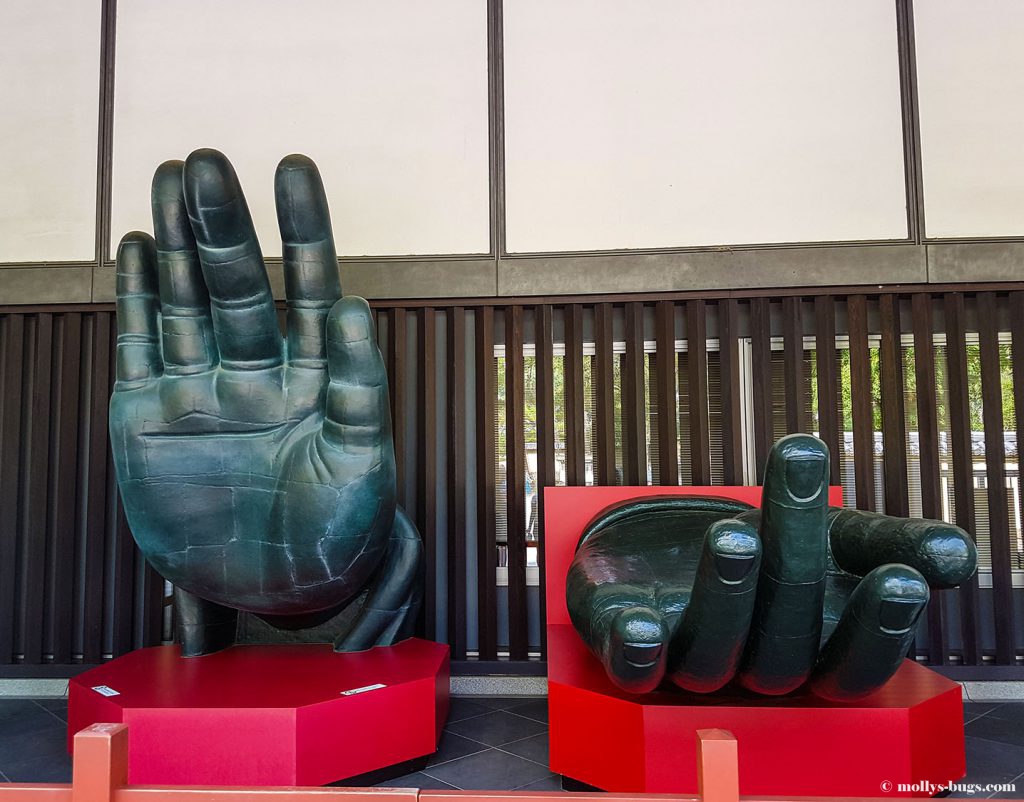
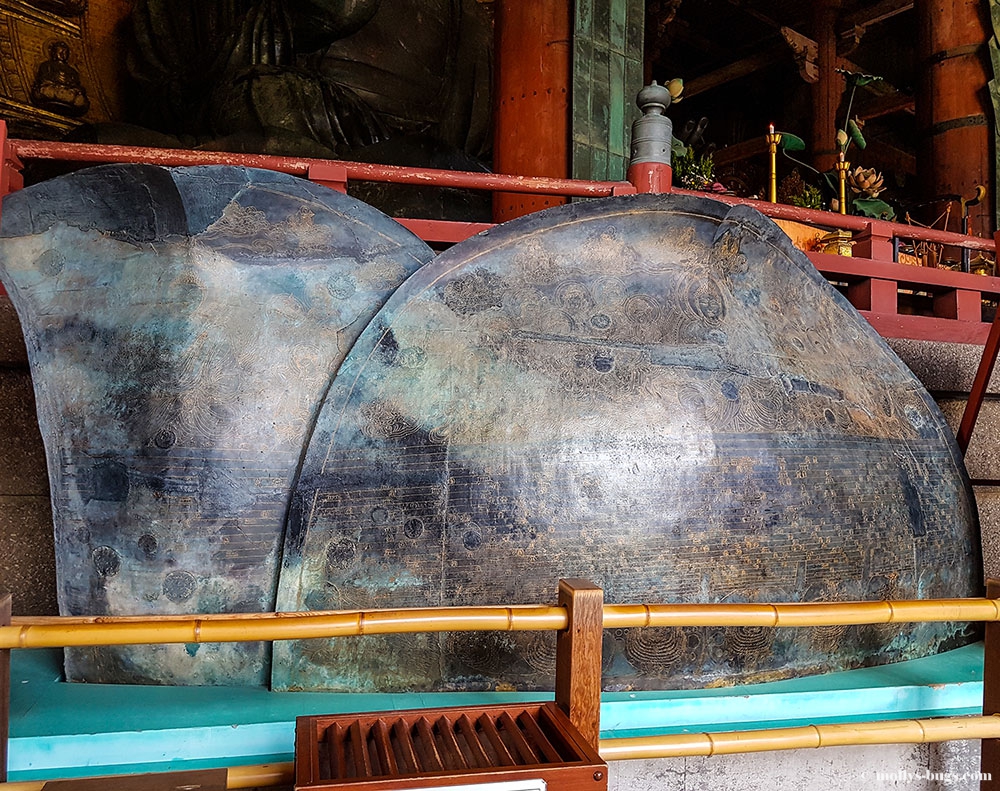
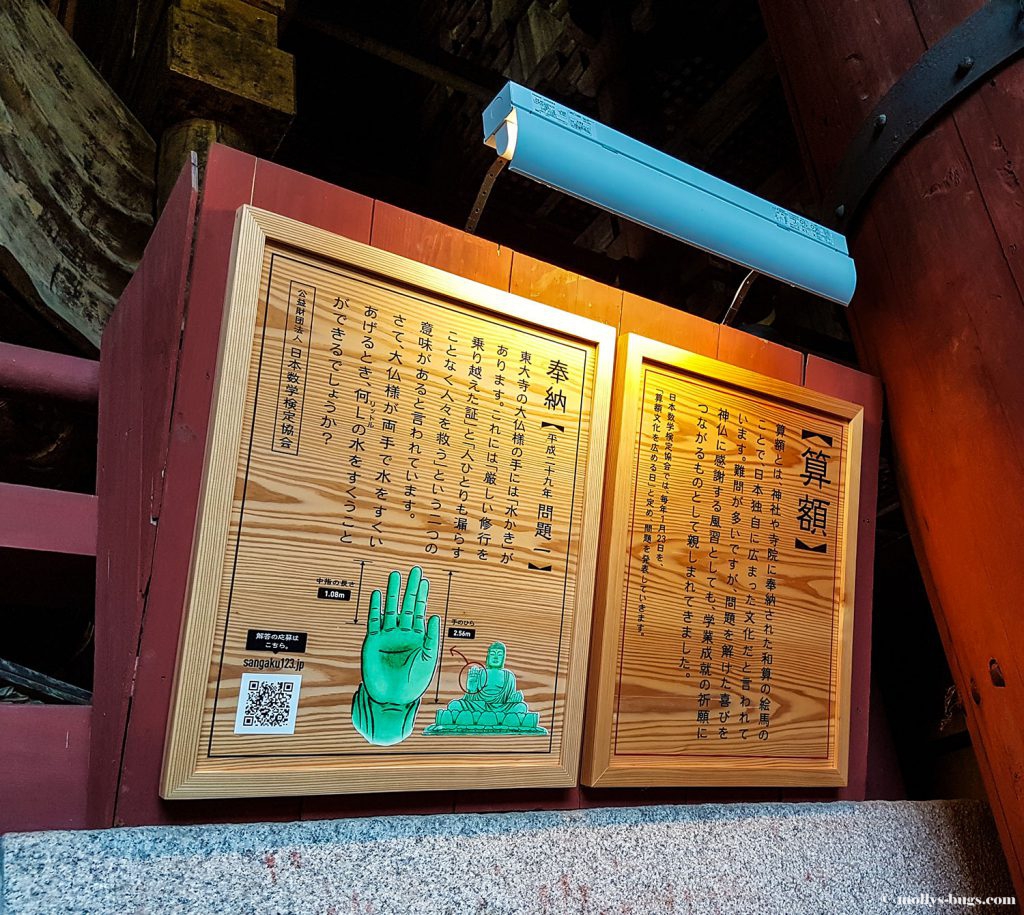
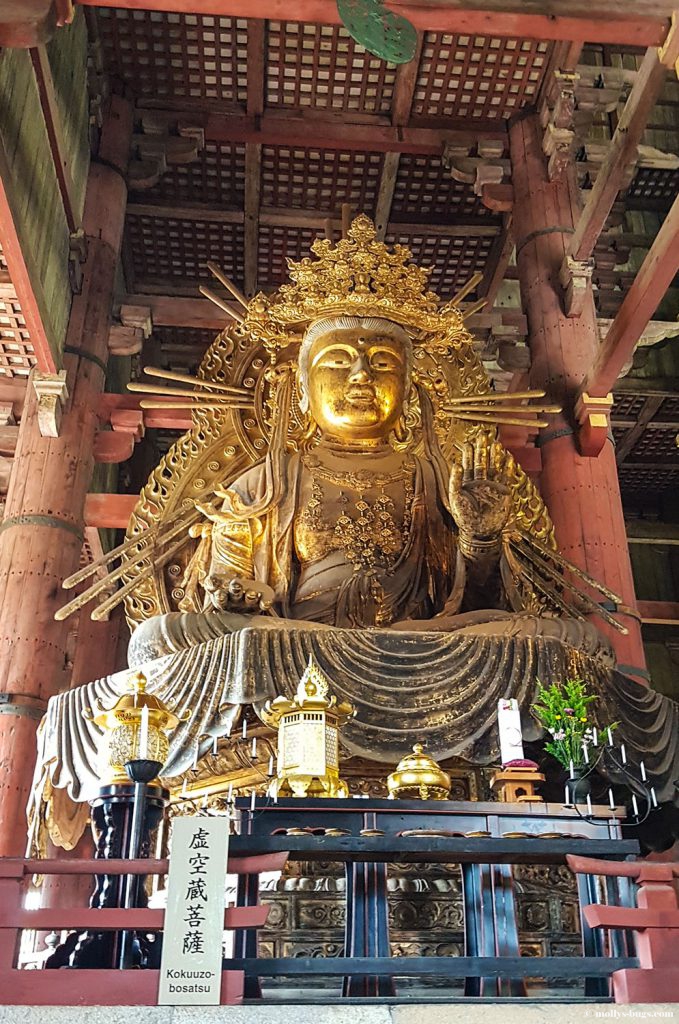
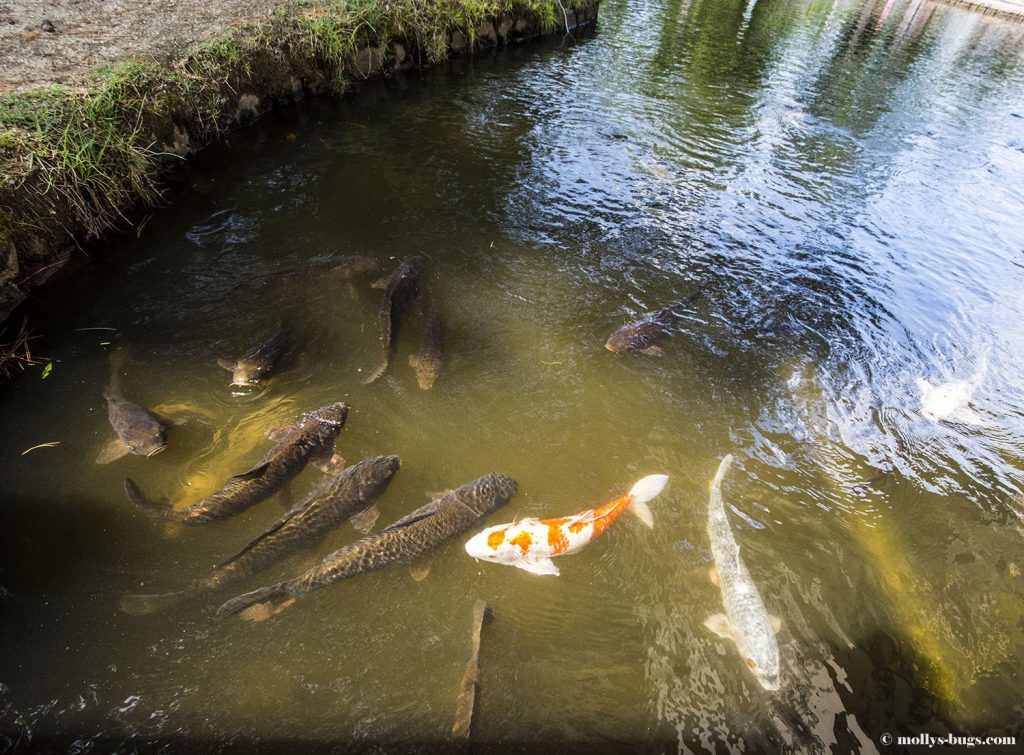
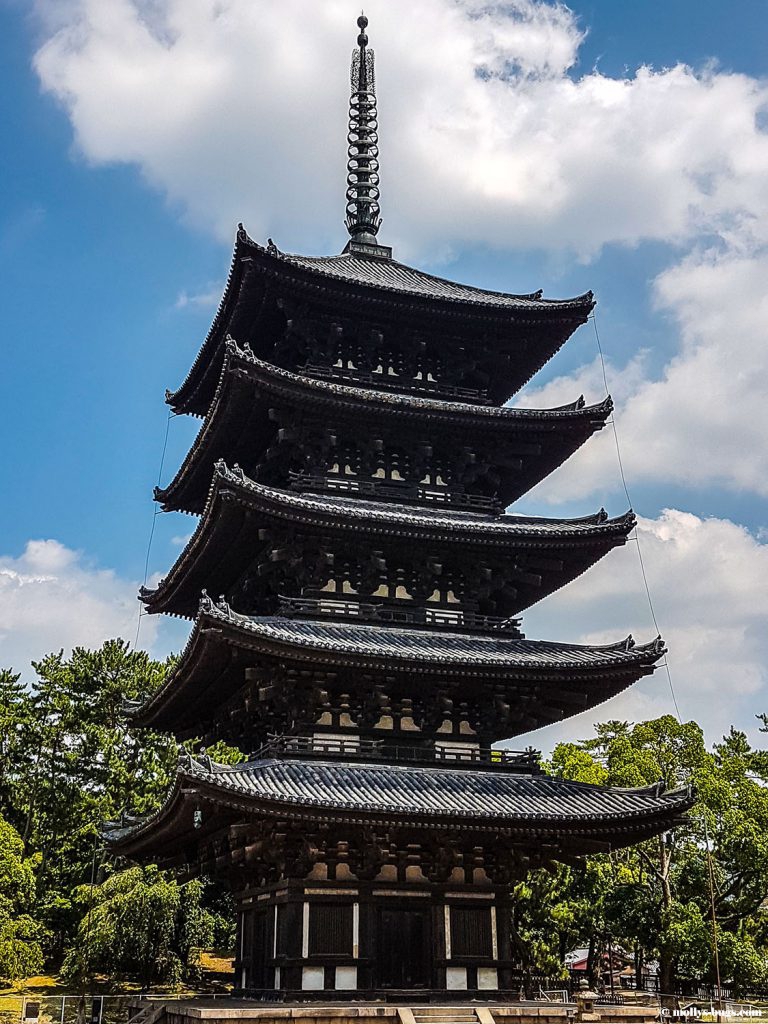
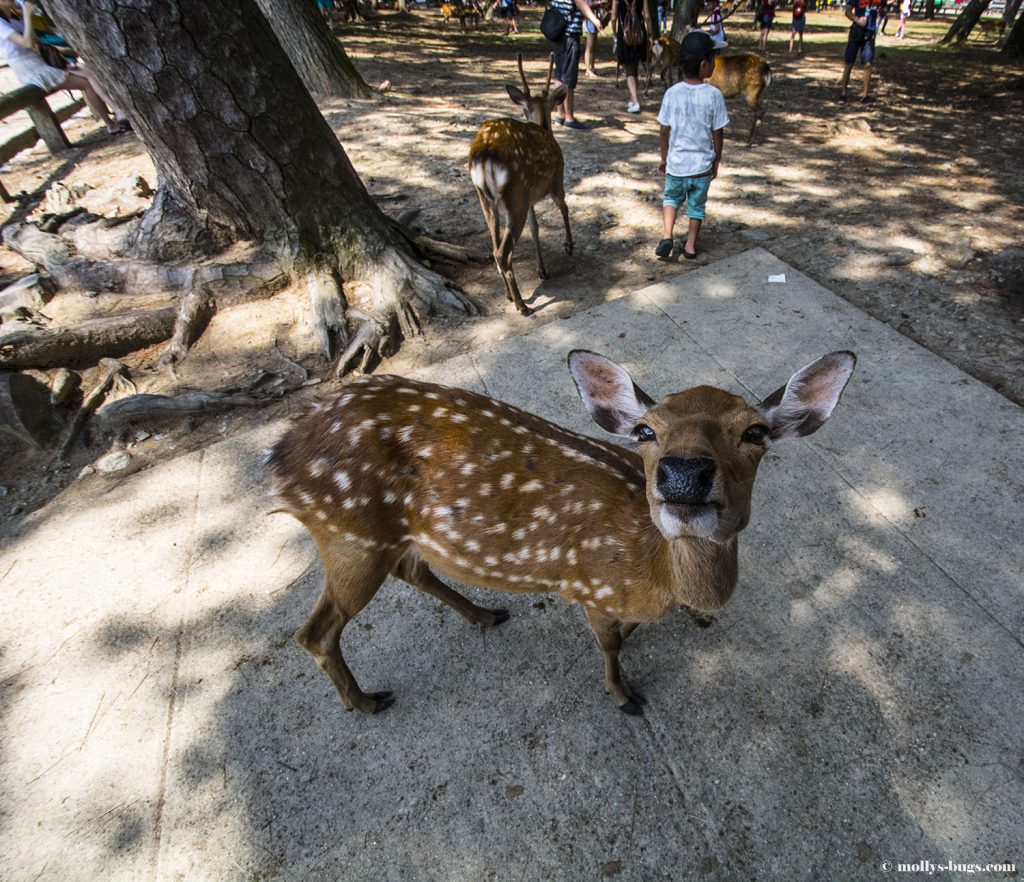
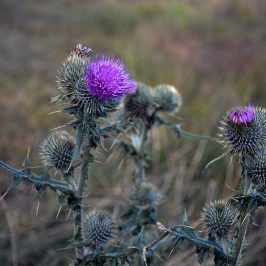
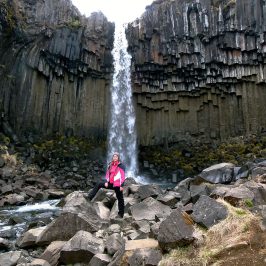
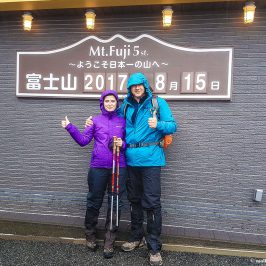
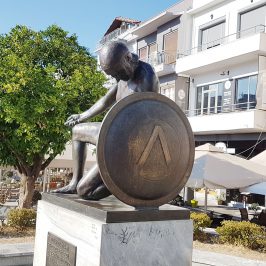
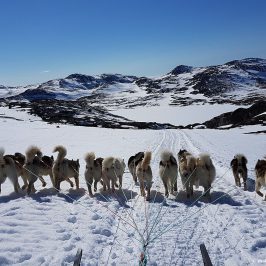
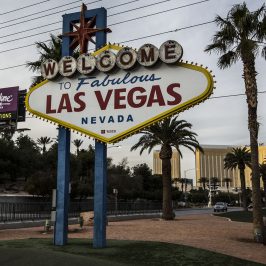
Leave a Reply